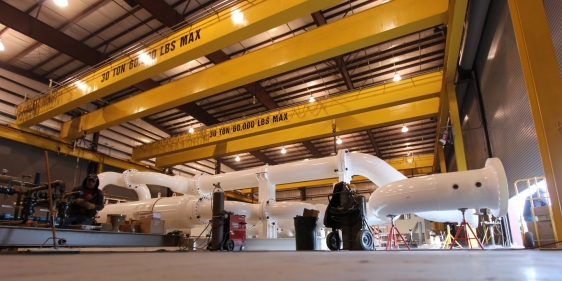
Over the past three years, Temple has seen licensing revenue from university-created technologies increase over six-fold, from $380,000 in fiscal year 2010 to nearly $2.5 million in the fiscal year that closed on June 30.
In the current fiscal year, thanks to a recent European commercialization agreement between a local biopharmaceutical company and a global healthcare company involving a Temple-created cancer therapeutic, it is projected that licensing revenue to the university will surpass $13 million.
What does this steady increase in tech licensing or commercialization revenue mean to Temple, and more specifically, its research enterprise?
This revenue allows us to protect, develop and spin out new discoveries, said Stephen G. Nappi, director for technology development and commercialization. We are now able to expand what we can provide into other areas, such as off-campus office and lab incubator space, spinoff company management support, and, in addition, we may be able to fund the development of certain technologies to establish proof-of-concept.
According to Nappi, commercialization revenues are split 60/40 between Temple and the inventors. The 60 percent retained by the university is playing a key role in expanding Temple s research enterprise and is shared among the researcher s department or research unit, college or school, the Office of Technology Development and Commercialization and the university.
The portion retained by the university, including the college and department allocations, are to be used to stimulate further research and innovation, said Nappi. It is creating a revenue flowback to the areas where these technologies were invented.
From the nearly $2.5 million received by Temple in the last fiscal year, the colleges, schools and departments where these technologies were created split more than $500,000 in licensing-generated revenues.
The 20 percent received by the Office of Technology Development and Commercialization is providing the necessary resources to continue identifying, patenting, developing and commercializing intellectual property being created by Temple researchers.
The money that is coming in has to support our efforts to protect Temple-created intellectual property, said Nappi. There s a significant expense associated with filing a patent, but because of this revenue, we are able to expand our staff and resources to do that.
But Nappi said that the increase in licensing revenues has also allowed Temple s Office of Technology Development and Commercialization to provide additional resources to develop and commercialize Temple technologies.
From our perspective, it s not just the number of spin-out companies we create, it s working with these companies to make them successful, said Nappi. These additional revenues allow us the opportunity to provide these start-up companies with the necessary tools to successfully move along the commercialization pathway.
As an example, last February, Temple for the first time leased office space in the University City Science Center s Port Business Incubator to assist new companies being spun out of Temple. Now, less than eight months later, Temple is expanding its space at the Science Center to include wet lab space.
It was always our intention to expand that space, but because of an immediate need and the increase in licensing revenues, we were able to work with the Science Center to expand from just office space to combined office/lab space, said Nappi.
A start-up company created by Mohammed Kiani, professor and chair of mechanical engineering in Temple s College of Engineering, will be the first to occupy the expanded incubator space.
This is a great example of how the tech transfer system works to stimulate research, support new business creation and enable commercialization, said Nappi. These incubating companies bring funding back to the university and serve as licensing vehicles for our new technologies.
“This revenue allows us to protect, develop and spin out new discoveries.” -- Stephen G. Nappi, director for technology development and commercialization.




